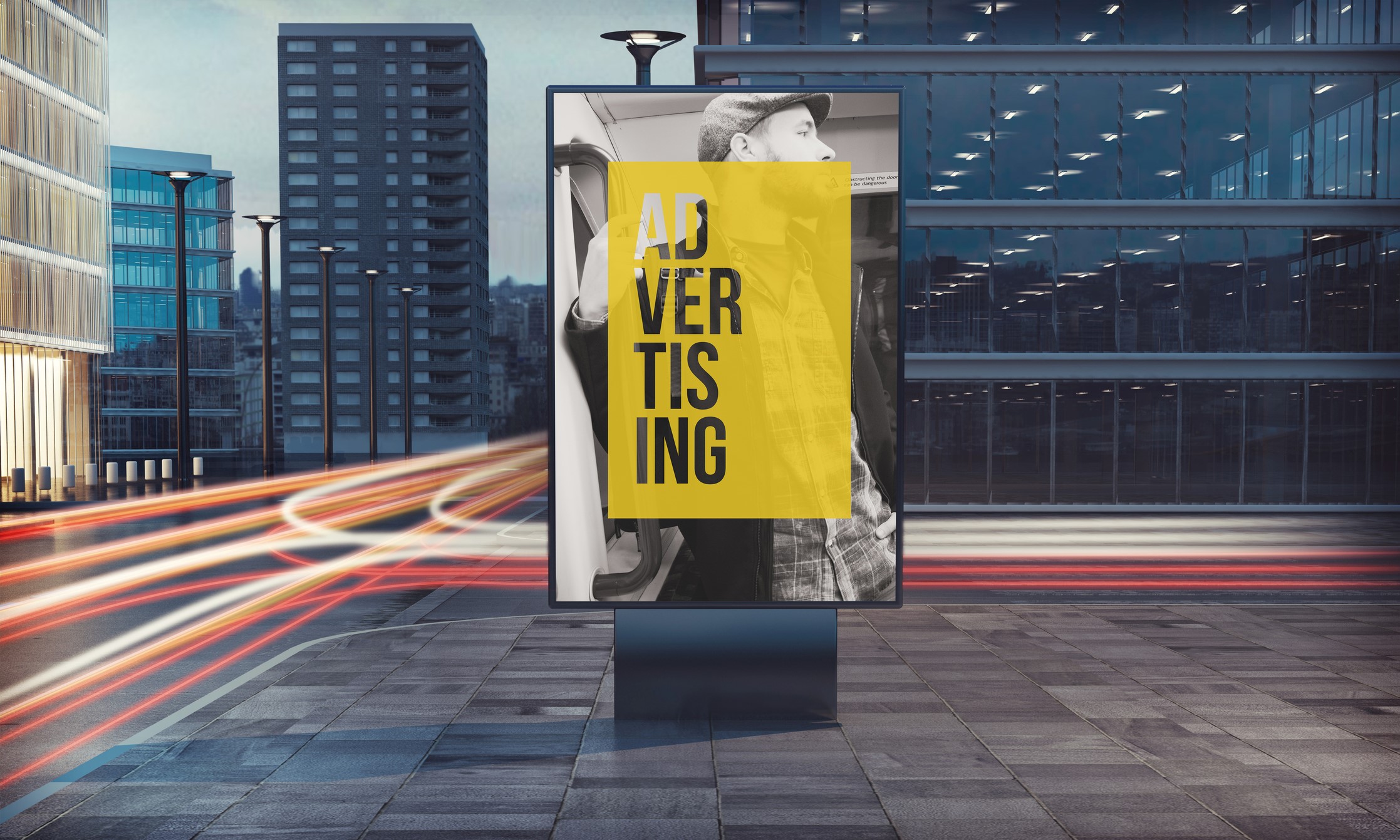Intersection: As Consumers Return to Cities, OOH Gains Strength

Cities are back, and with that, the revitalization of the strength of the consumer is in full swing. The death of cities predicted during the height of the COVID-19 pandemic has been greatly exaggerated. People are returning to urban centers in droves, and that is creating significant opportunities for advertisers and consumers. Cities today reflect a "revitalization and vibrancy," said Michael Rosen, Chief Revenue Officer, Intersection, an experience-driven out-of-home (OOH) media and technology company. "Seeing people out is evidence of the strength of cities and consumers alike.
"Marketers struggle to reach real audiences, whether it is mass reach or underserved audiences," he added. "Advertisers should not overlook consumers who live, work, or visit cities, as they are hungry for content as they go about their days."
According to Rosen, today's urban landscape is more complex than one might think. "Only 8% of Americans moved from one U.S. home to another between March 2020 and March 2021, according to the Census Bureau's Current Population Survey," he said. This data goes against the widely publicized narrative that there was a mass exodus from cities to more suburban populations.
The fact is, the hybrid work environment hasn't emptied cities, but it has moved the business professionals from only city centers into neighborhoods. Regardless of location, consumers are seeking convenience with their goods and services purchases, which begs the question: "How do you extend those experiences when they get back into the office?"
Intersection provides OOH advertising solutions with a focus on major U.S. cities, from street level to airports. "One of our most in-demand assets is moving media, which consists of location-based display advertising on buses, subways and light-rail," Rosen explained.
Take bus transit, with changing demographic strengths as it moves from neighborhood to neighborhood. According to Rosen, this can be as equally effective as placed-based, static media where a consumer must walk by a commercial message to be exposed to it. With moving media, the media travels through cities. In short, moving media "reaches people throughout different points in their daily journey, weaving in and out of metropolitan populations and offering amazing impact" for advertisers, Rosen noted.
Advertisers are now able to measure moving ad campaigns the same way they can measure their digital campaigns. Measurement for moving media involves a variety of data sources that Intersection uses to help advertisers better understand consumer behaviors and campaign results, such as attribution.
Data is culled from the routes the moving media takes, answering questions like, "How many miles were driven in which parts of the city?" and "Where within cities was the most campaign traffic?" Then, real-time bus-location data is derived from device-level behavioral insights. "These insights helps marketers not only prove the efficacy of the actual campaign but find other ways to invest in those neighborhoods or cities," Rosen said.
With attribution, for example, Intersection uses mobile data to show the effectiveness of a brand's OOH campaign. "We can show that a moving-media bus campaign drove a certain number of incremental visits to a big-box retailer, pharmacy chain, or major event," Rosen continued. "We could also say that a bus campaign drove new app downloads or visits to a shopping cart for e-commerce."
At a time when ad avoidance has become an art, Rosen believes that moving media (and OOH in general) better captures consumer attention and involvement. A recent study from Marketing Science reported that 30% of TV ads are being played to empty rooms. "When you think about walking down the street and seeing ten people, those are real people and not an empty room," he said. "The benefit to out-of- home is that there's an audience marketers can activate now."
Between the resurgence of cities and new-normal consumer behavior, the future for OOH media will only become more relevant for advertisers, Rosen asserted. The out-of-home industry has proven that it is in the real world reaching real people as they're going about their day. Consumers are interacting with this type of media in a way that makes them appreciate the marketing messages that they see every single day.
"I think what's wonderful about Intersection and what the out-of-home community has done over the past several years is bringing the best of digital to the moving media universe," he concluded. "It's opening up opportunities that marketers have only dreamed of, because it's the here and now."
Click the social buttons to share this story with colleagues and friends.
The opinions expressed here are the author's views and do not necessarily represent the views of MediaVillage.com/MyersBizNet.


